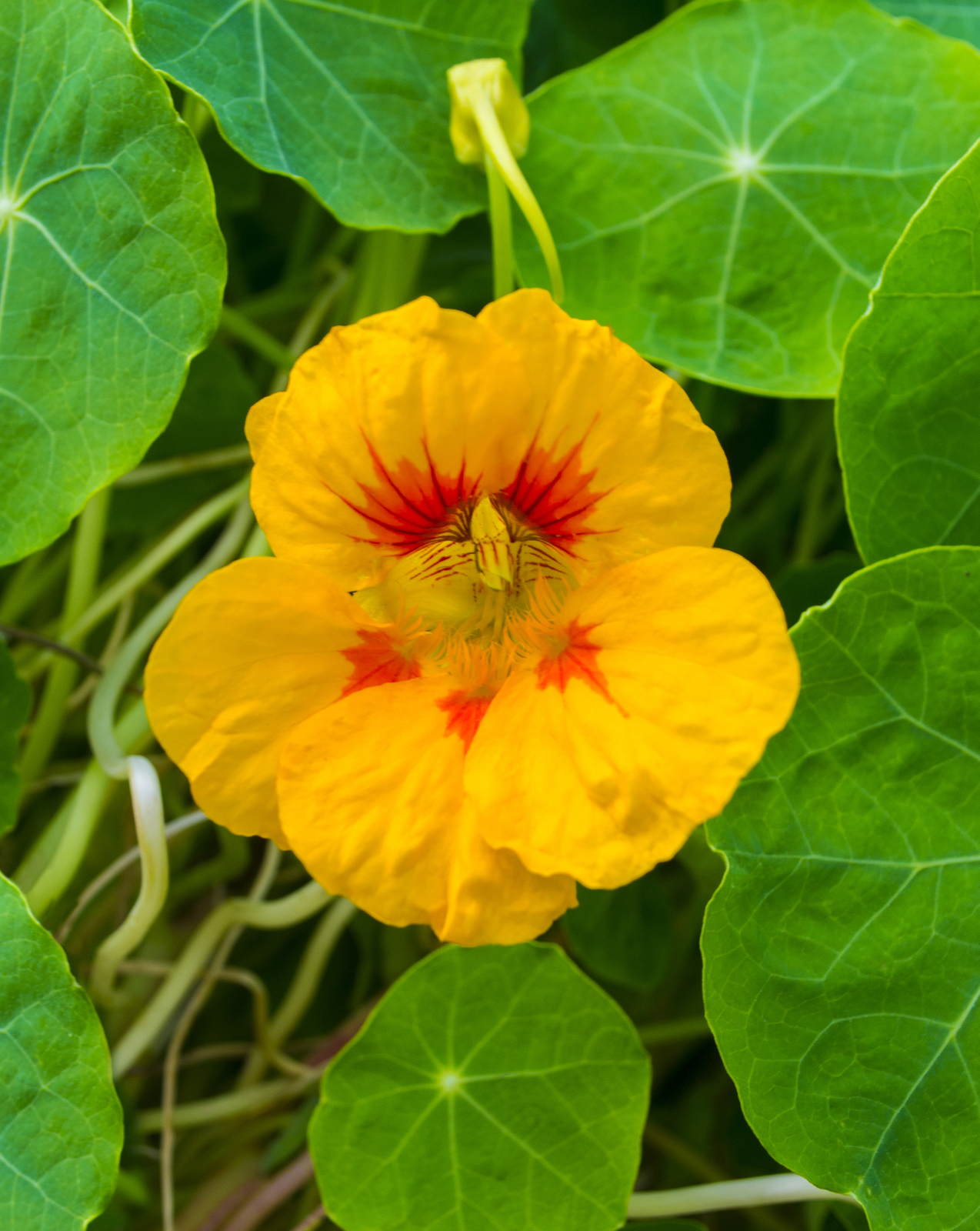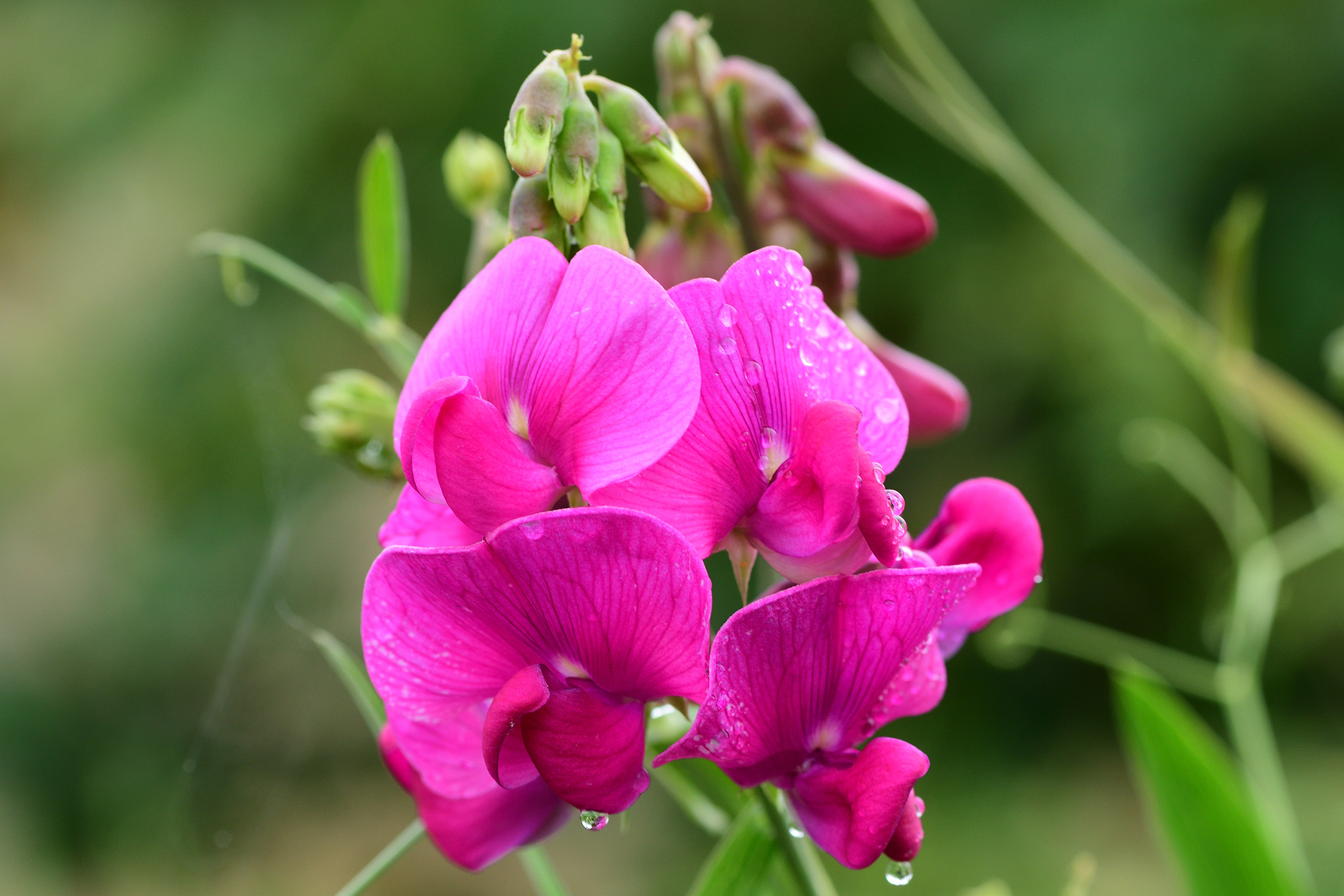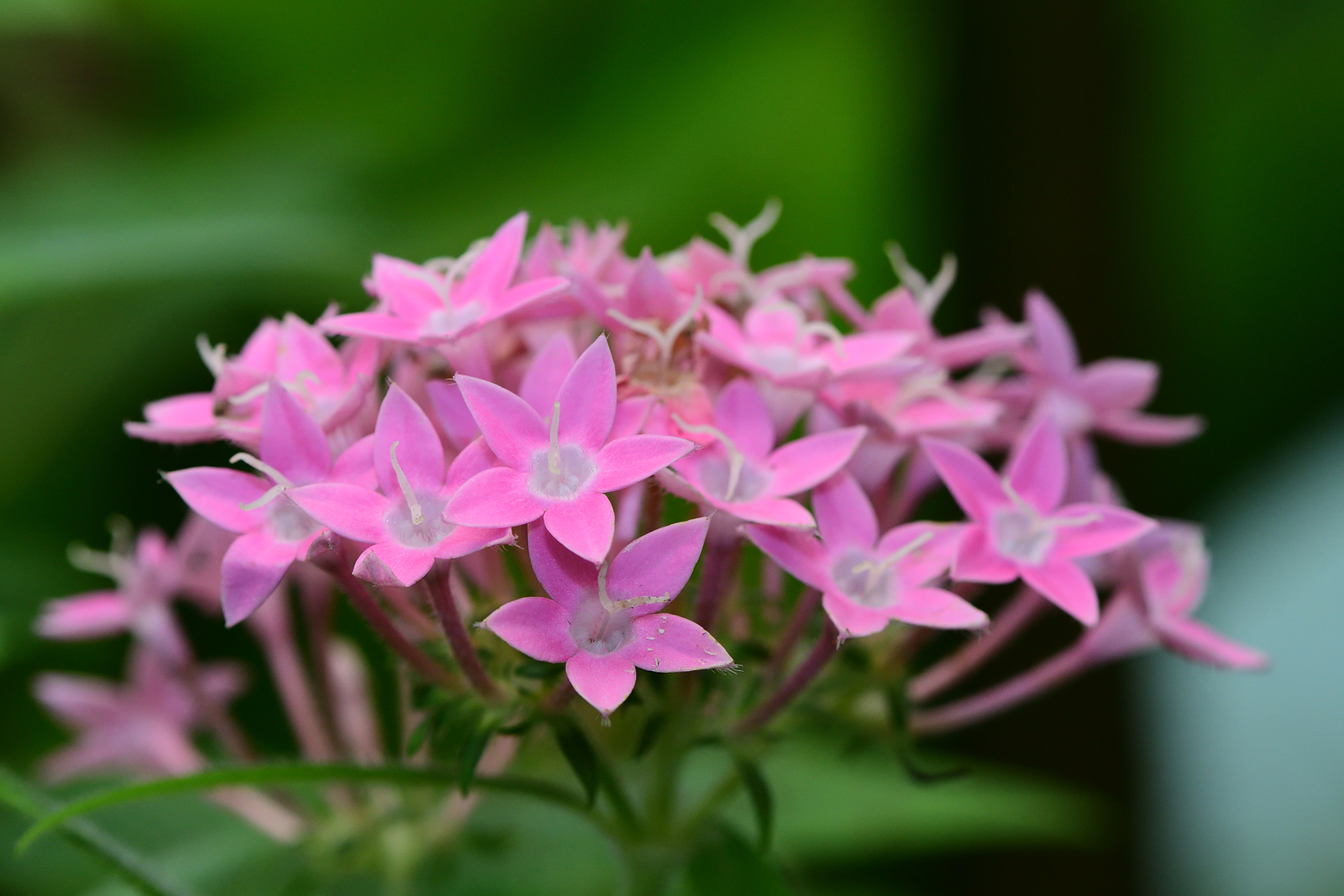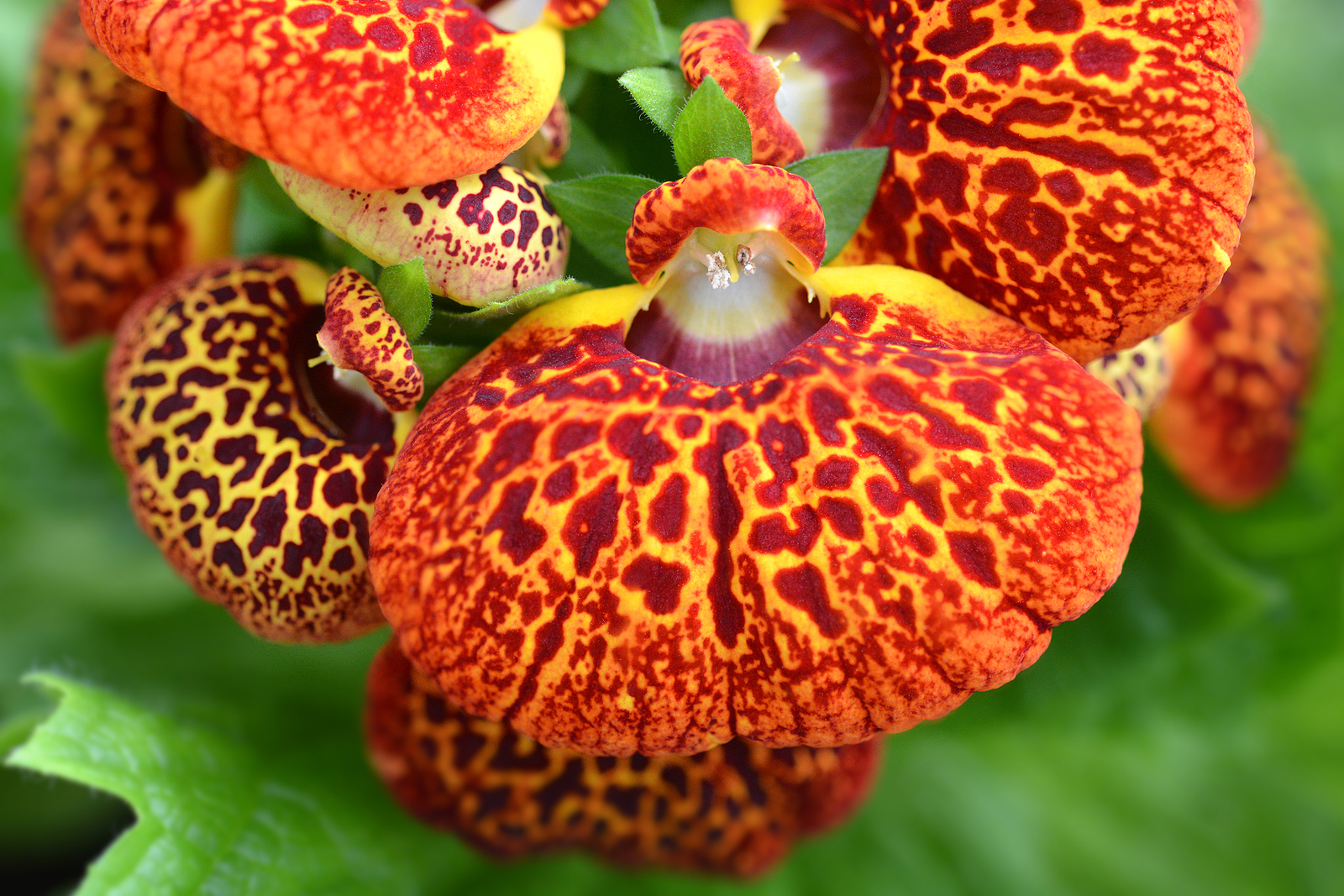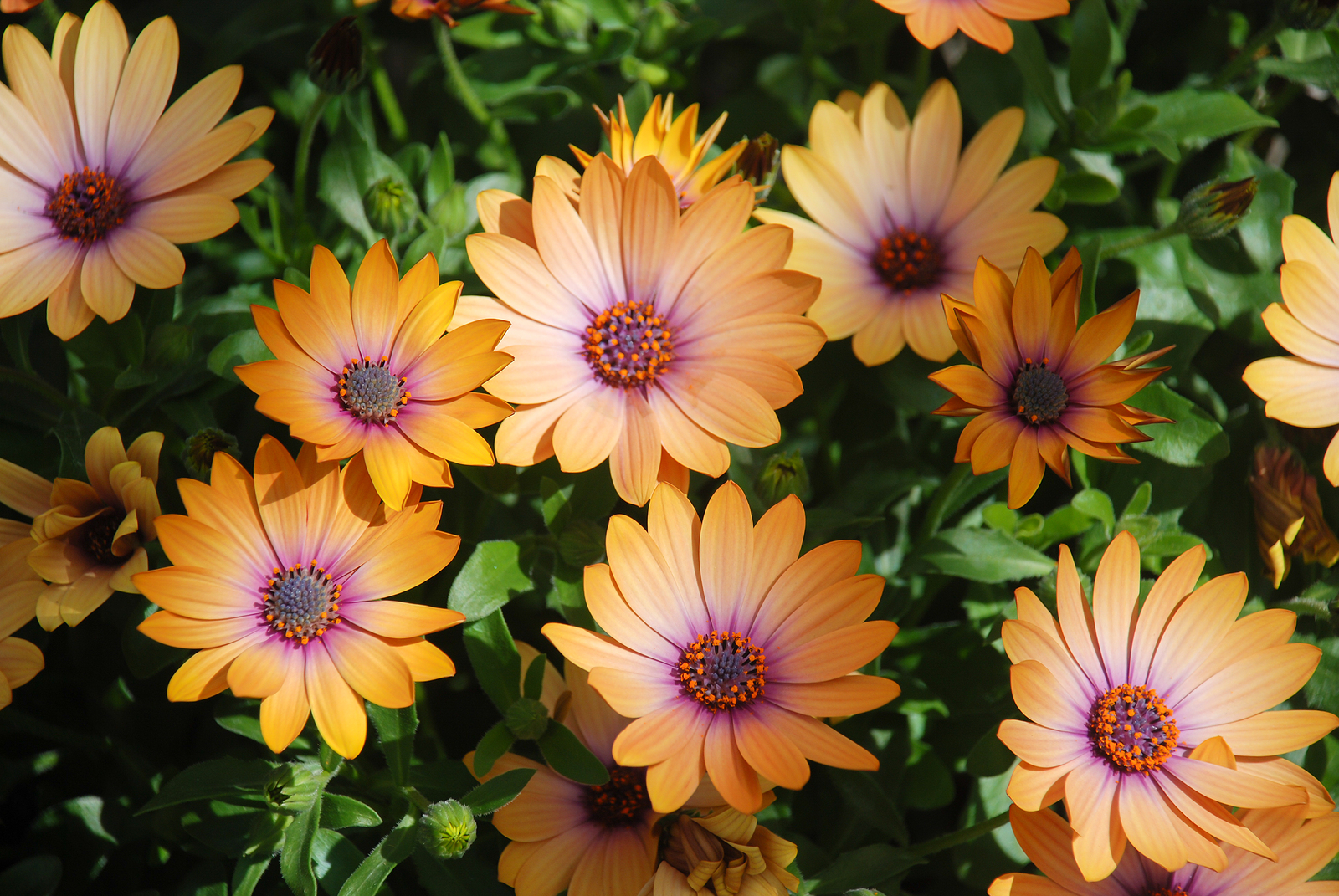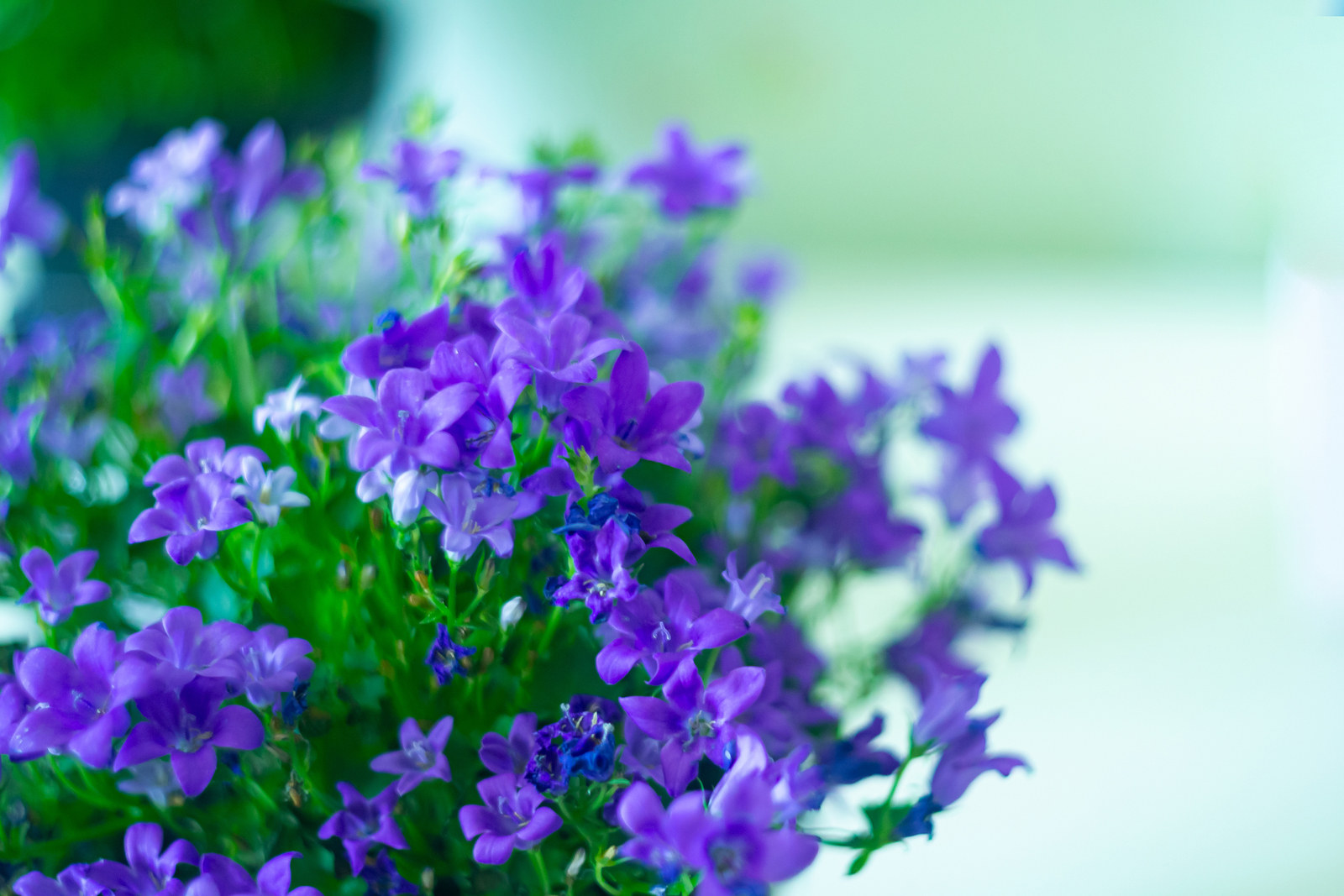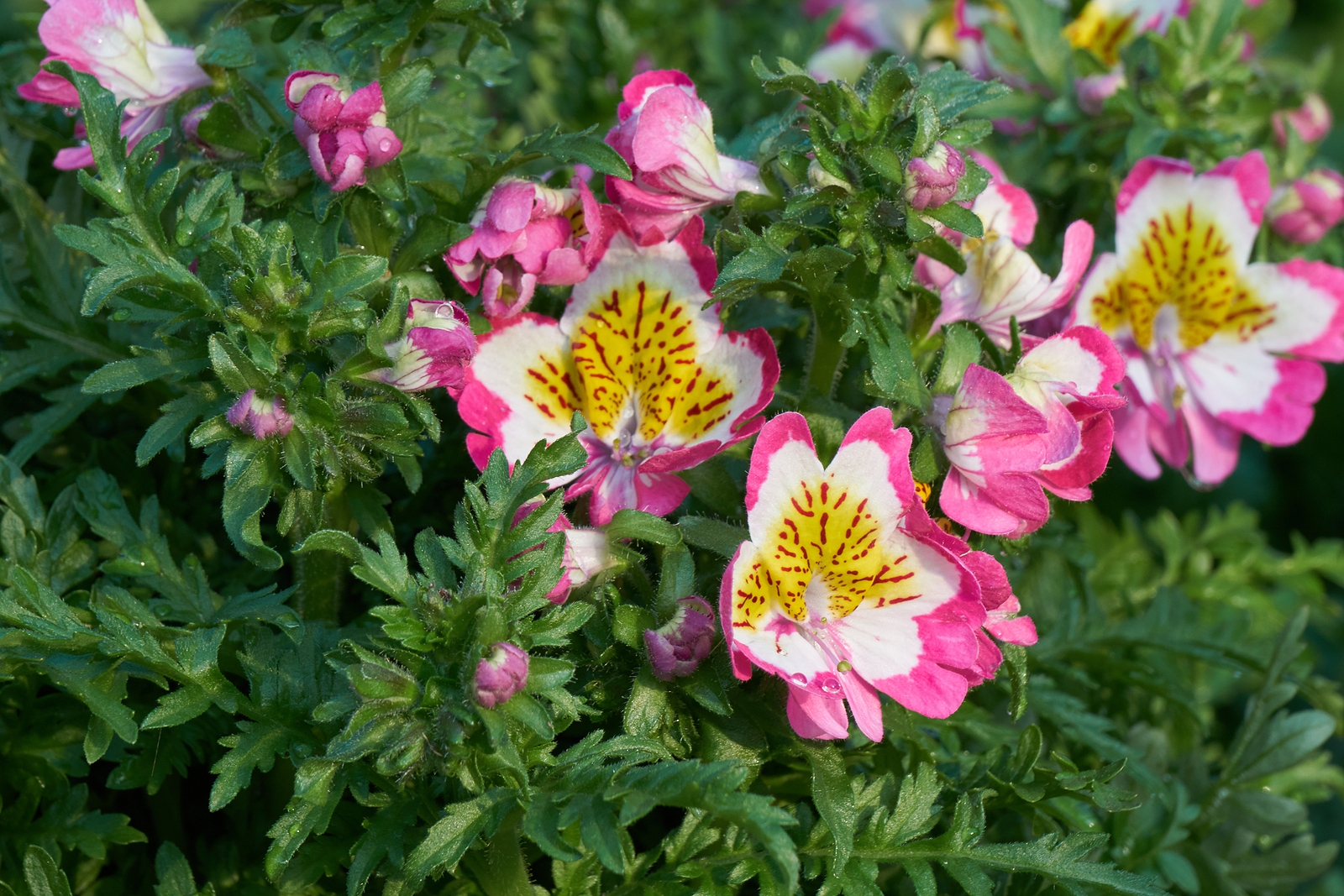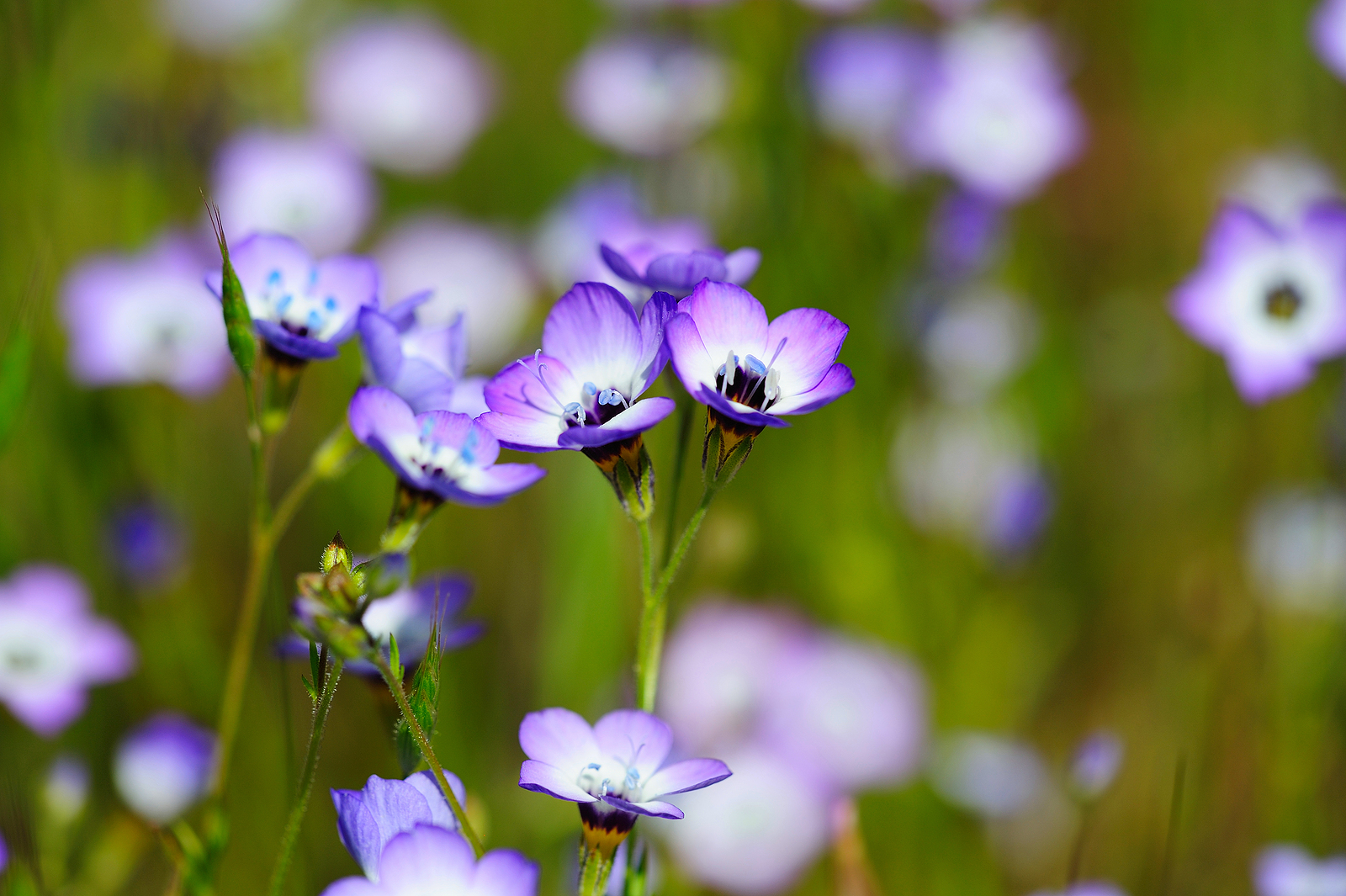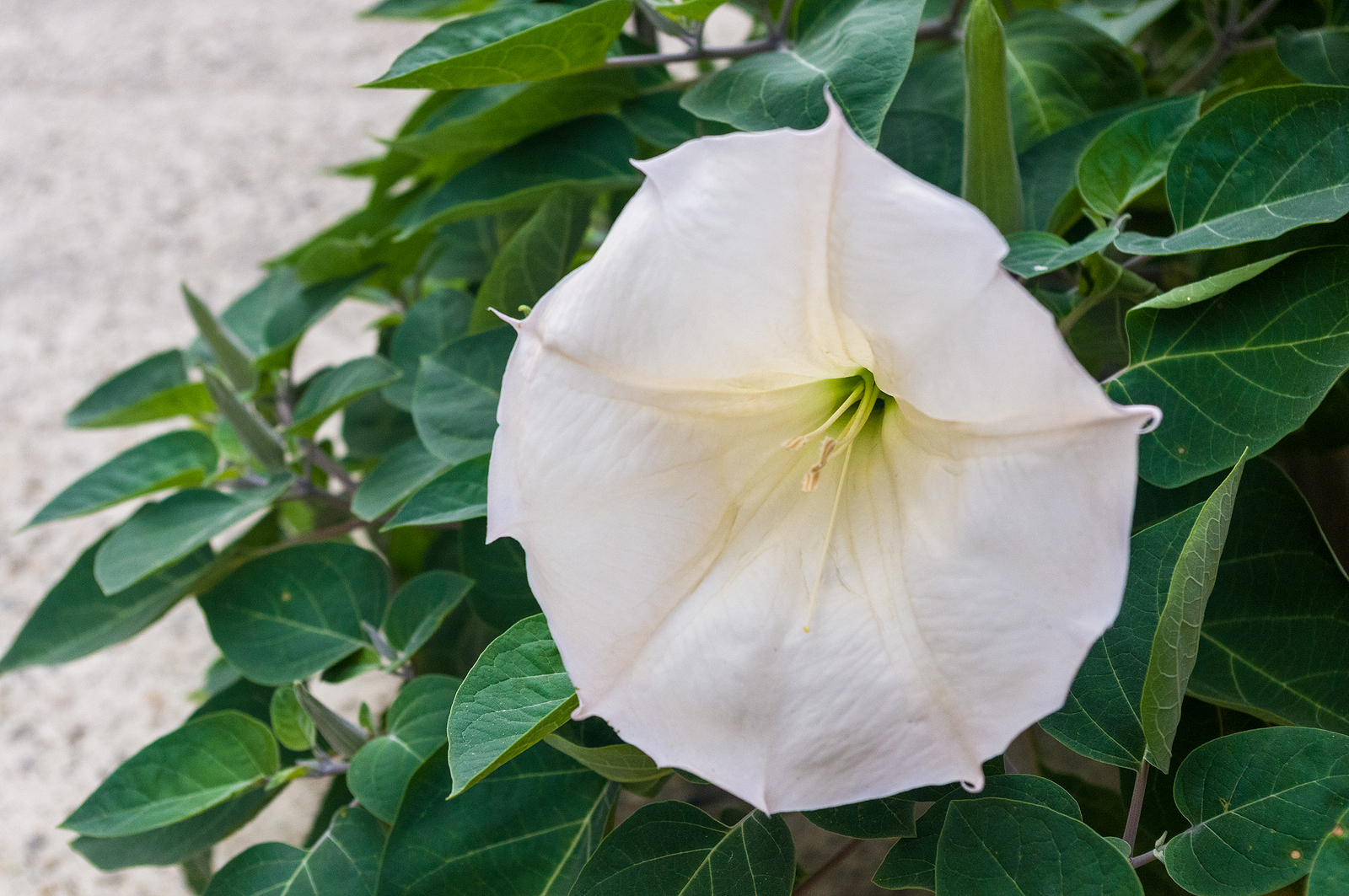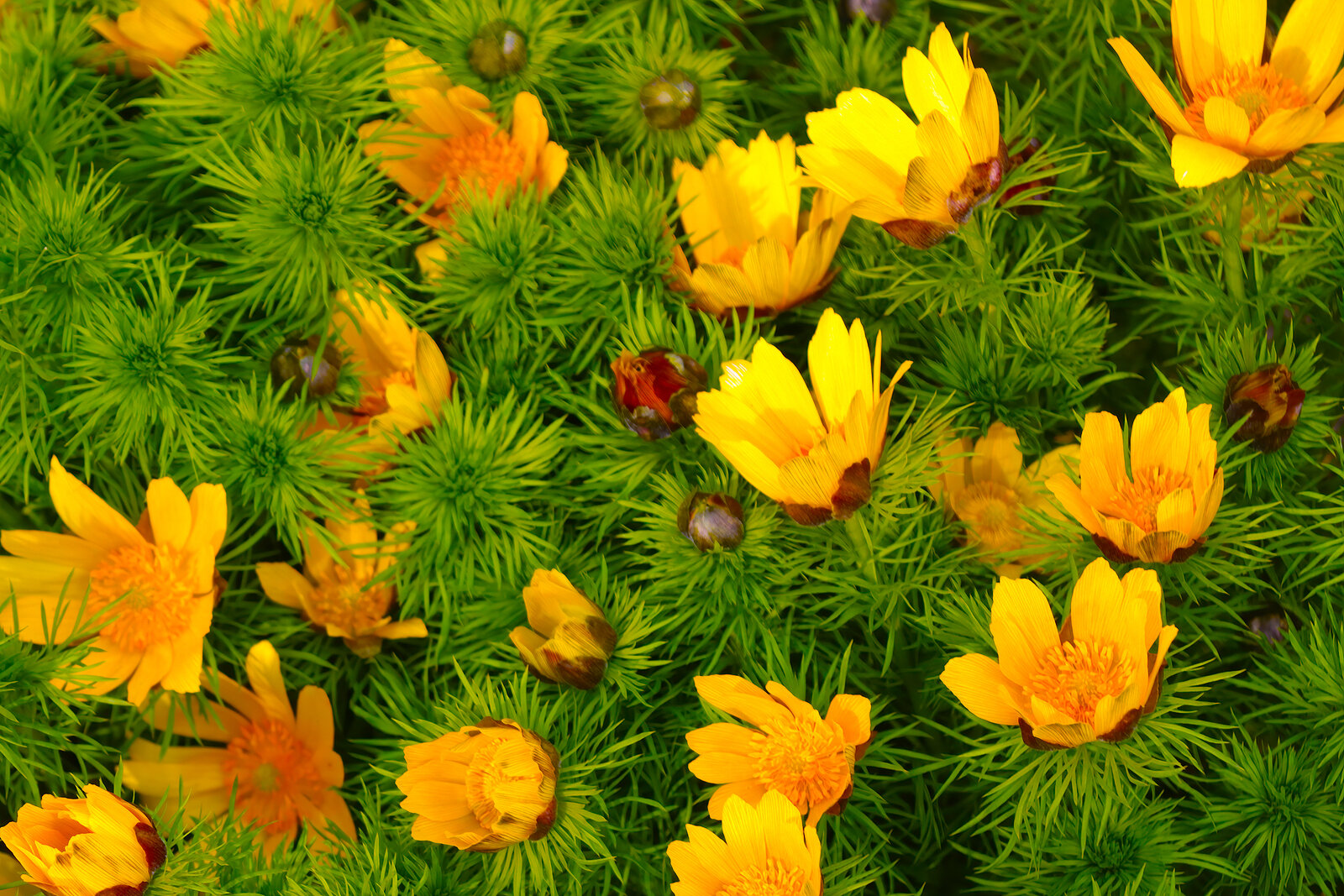How to Grow for Cockscomb — Celosia
Celosia–commonly called cockscomb–is a brilliant-colored, plumy perennial usually grown as an annual. Celosia flowers are fiery shades of red, pink, orange, or yellow. Use Celosia as an edging along walkways or mass them for a blaze of color in beds and borders. Celosia flowers can be silkily plumed or rippled (crested). The rippled flowers give […] More


